Cooking delicious foods is an art that fuses creativity, technique, and thorough knowledge of flavors. Anyone, whether professional or someone dabbling in the kitchen, can spice things up and enjoy food by learning how to make it tasty. This guide will guide you in a few essential tips and techniques ( food tasty ) to ensure that you always create mouthwatering dishes.
Flavors Know-how
It is better to start with the understanding of flavor profiles before plunging into recipes and techniques. There can be five base flavors:
- Sweet: Found in sugars, fruits, and some vegetables.
- Salty: Enhances other flavors and is found in salt and salty foods.
- Sour: Provides a tangy taste and is found in citrus fruits, vinegar, and fermented foods.
- Bitter: Adds depth and complexity and is found in coffee, dark chocolate, and some vegetables.
- Umami: Often described as savory or meaty, found in soy sauce, mushrooms, and aged cheeses.
Balancing these flavors is the key to preparing harmonious, scrumptious dishes.
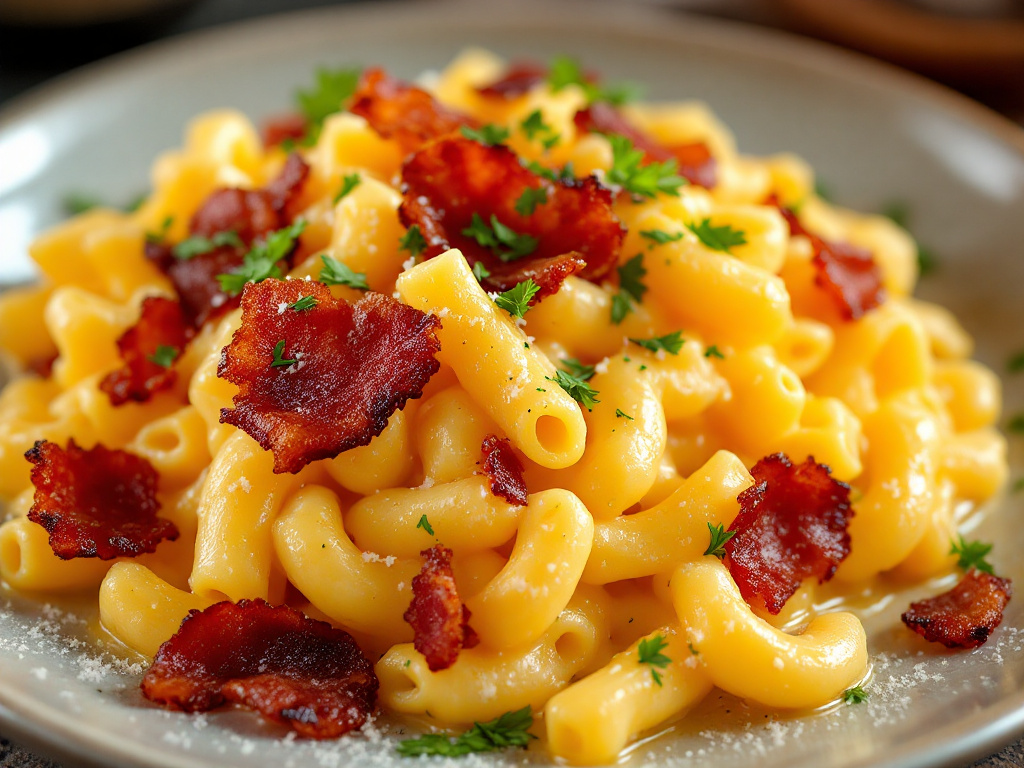
Ingredients Selection
The quality of your ingredients directly affects the flavor of the final dish. From fresh produce, meat, to spices-chose the best quality of everything. Fresh items not only taste great but are also very nutritious. Seek out local farmers’ markets or specialty stores to get the best ingredients.
- Produce: Choose ripe, seasonal fruits and vegetables for the best flavor.
- Meats: Select cuts that are suitable for your recipe. For example, tender cuts like filet mignon are great for grilling, while tougher cuts like chuck are perfect for slow-cooking methods like braising.
- Spices: Use fresh, high-quality spices to enhance the flavor of your dishes.
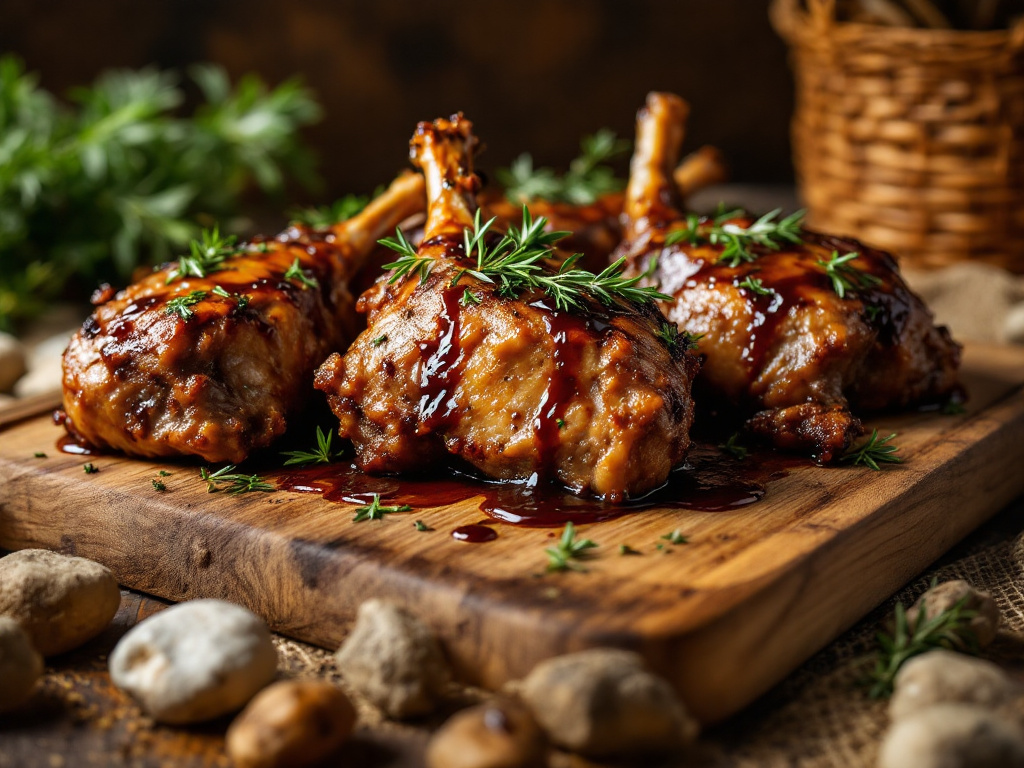
Seasoning Techniques
Proper seasoning is the muse that must be used to bring out the fullest of the natural flavors found in all your ingredients. Here are some practices that can help you season like a pro:
Salt-it will bring out all of the natural flavors in the ingredients. Add salt while cooking at various stages to build up the layers of flavor.
Pepper–adds a little kick and finish through freshly ground black pepper into your food.
Herbs: Fresh herbs such as basil, parsley, and cilantro offer hints brightening and freshening up your food, while dried herbs such as oregano, thyme, and rosemary give it much more depth and complexity.
Spices: Try different spice mixes on different food items to develop a particular flavor profile. Remember, less is more with spices start adding little amounts and then adjust to suit your taste.
Cooking Techniques
There are numerous methods for cooking; all these different cooking methods shall indirectly contribute to the flavor of your food:
Pan-frying: This technique is cooking food quickly over relatively high temperatures combined with slight use of fat. This would be best for the tender cuts of meat, fish, and vegetables. Though, mostly, it seals in flavors and a nice sear.
Rotisserie: Roasting is the cooking of food in an uncovered oven by dry heat. This method works best with larger cuts of meat, poultry, and vegetables. It draws out the natural flavorings, creates a crisp outer surface, and retains internal moisture and tenderness.
Braised: Braised is a combination of dry and wet heat. Searing the food first with intense heat, cooking it later in a covered pot with liquid. This is the way a pot is normally cooked and is great for pretty rough pieces of meat as it disassembles the connective tissues, yielding very tender, palatable dishes.
Grilling: Grilling-cooking over an open rack above the heat source. Charcoal or gas grill modes of grilling. It’s great for cuts that require just a few minutes to cook like fish and vegetables, beef, or chicken. grilling gives smoky flavor to food and the lovely grill lines.
Baking: It also uses dry heat and places the food in an oven to cook it. It is meant for bread, pastry, and casserole items. Baking ensures that it has an even cook and retains moisture in the baked items.
Balancing Flavors: Balancing flavors is an essential part of making harmonious dishes. It is all about the five basic tastes: sweet, salty, sour, bitter, and umami. Try to include balance on all five of these tastes into your cooking. For instance, a sweet and sour sauce may get sweetness from sugar or honey and sourness from vinegar or citrus. A touch of salt also pulls these flavors together, producing an interesting overall taste.
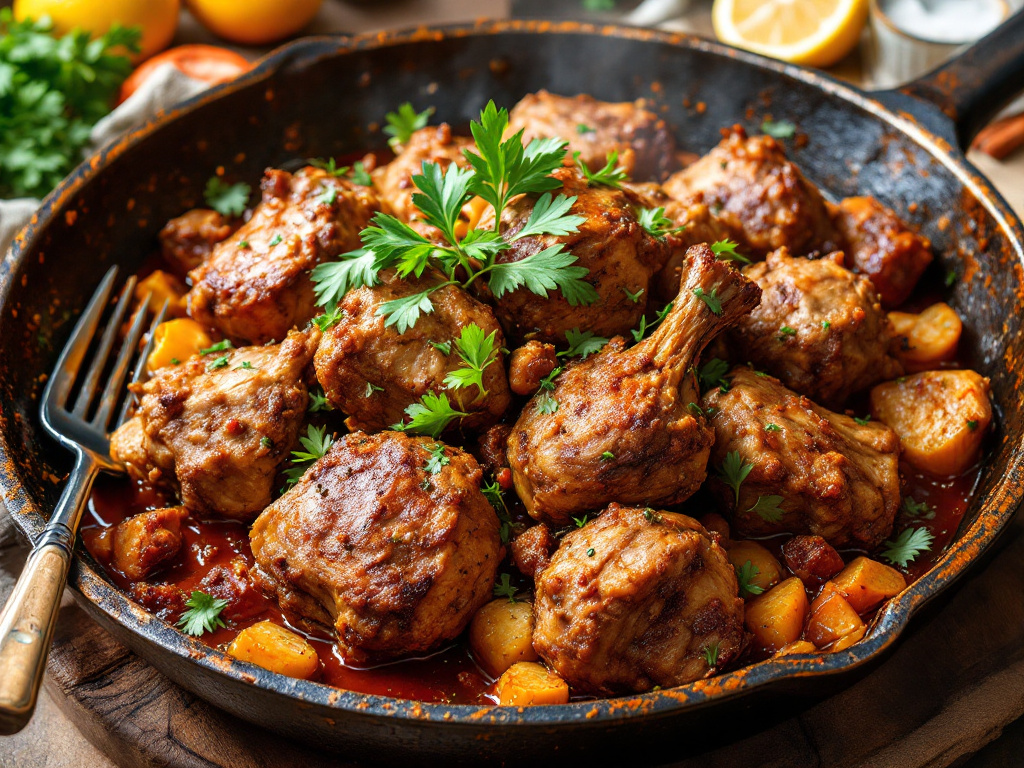
- Sweet and Sour: Combine sweet and sour flavors to create a balanced taste.
- Salty and Umami: Use salty and umami-rich ingredients to add depth and richness to your dishes.
- Bitter and Sweet: Balance bitter flavors with sweetness to create complexity.
Presentation Matters
Presentation is an essential aspect of cooking that often gets overlooked. The way a dish looks can significantly impact how it is perceived and enjoyed. Take the time to plate your food attractively, using color, texture, and arrangement to create a visually appealing dish.
- Color: Use contrasting colors to make your food stand out.
- Texture: Incorporate different textures to add interest and appeal.
- Arrangement: Arrange your food in an appealing manner to enhance the overall presentation.
Experiment and Have Fun
Cooking is a creative process, so don’t be afraid to experiment and have fun. Try new recipes, techniques, and ingredients to expand your culinary horizons. Cooking should be enjoyable, so take the time to savor the process and the results.
- New Recipes: Explore new recipes and cooking styles.
- Techniques: Experiment with different cooking techniques to find what works best for you.
- Ingredients: Try new ingredients and flavor combinations to keep your cooking exciting.
Conclusion
Making food tasty is a rewarding experience that combines art, science, and passion. By understanding flavor profiles, choosing the right ingredients, mastering seasoning techniques, and balancing flavors, you can create mouthwatering dishes that delight the senses. Remember, presentation matters, and experimenting is key to growth. So, roll up your sleeves, grab your apron, and embark on a culinary adventure that will bring joy and nourishment to your life. Happy cooking!

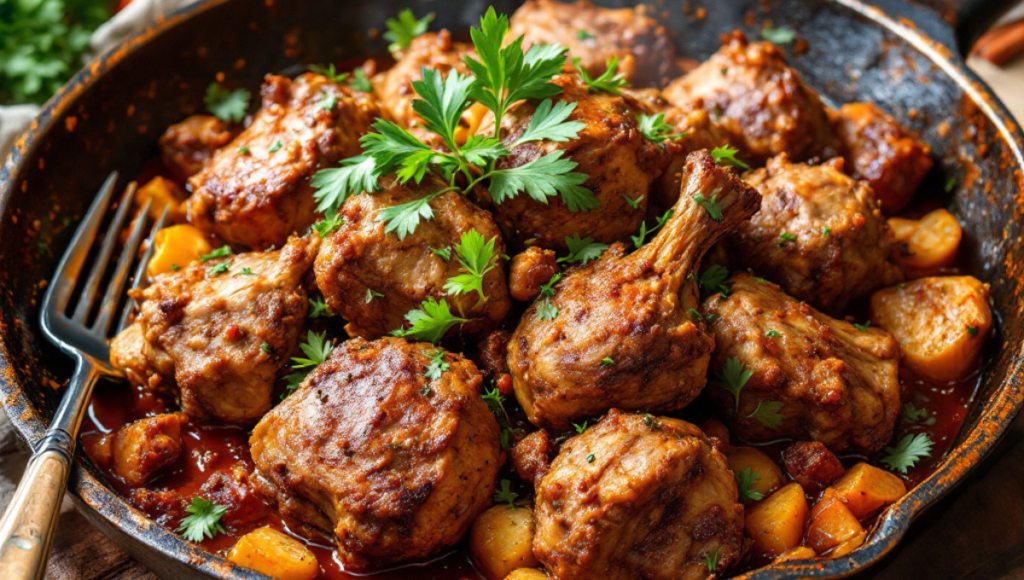

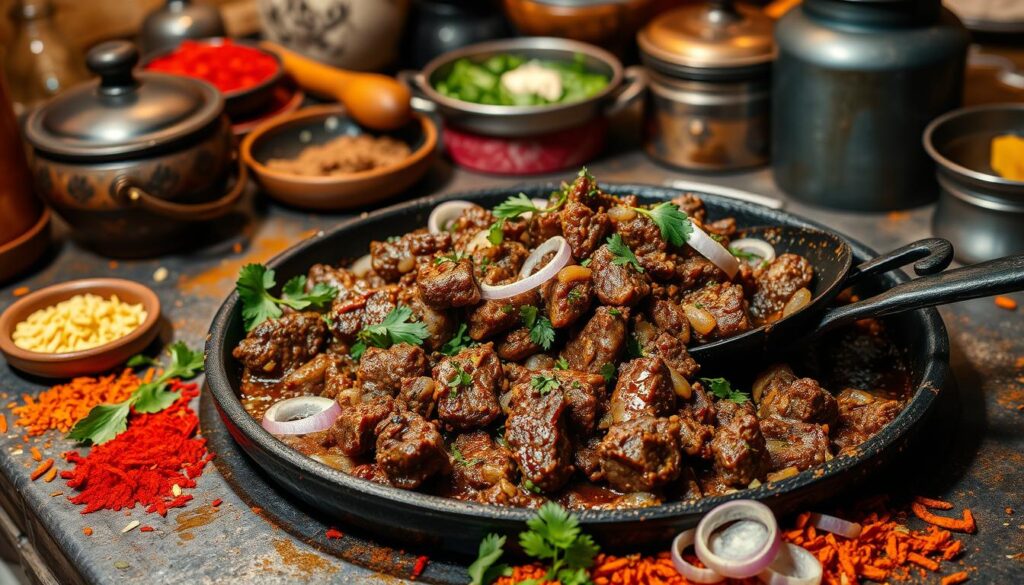


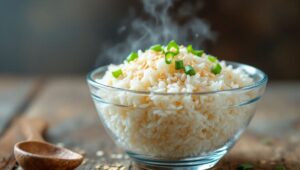




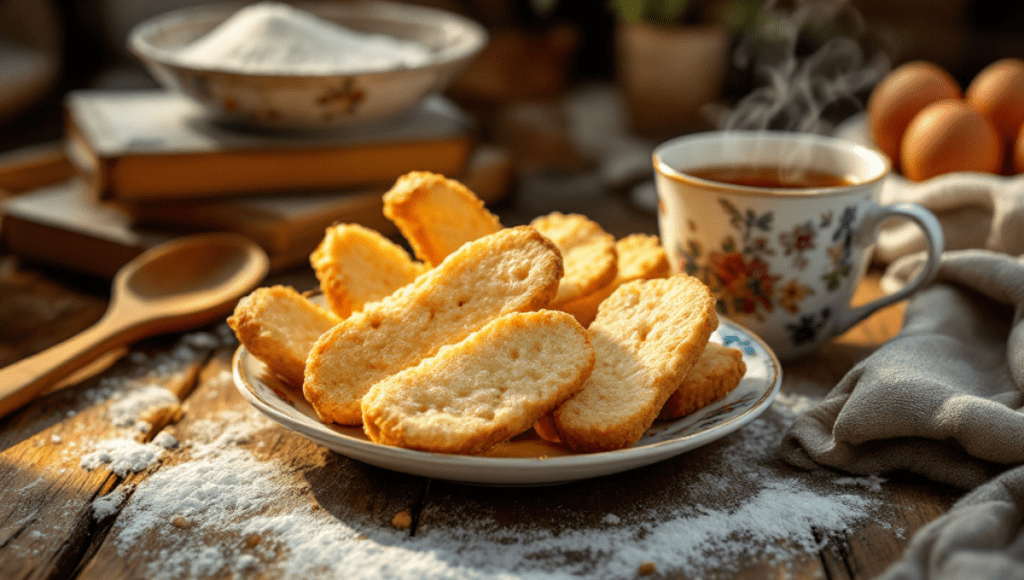

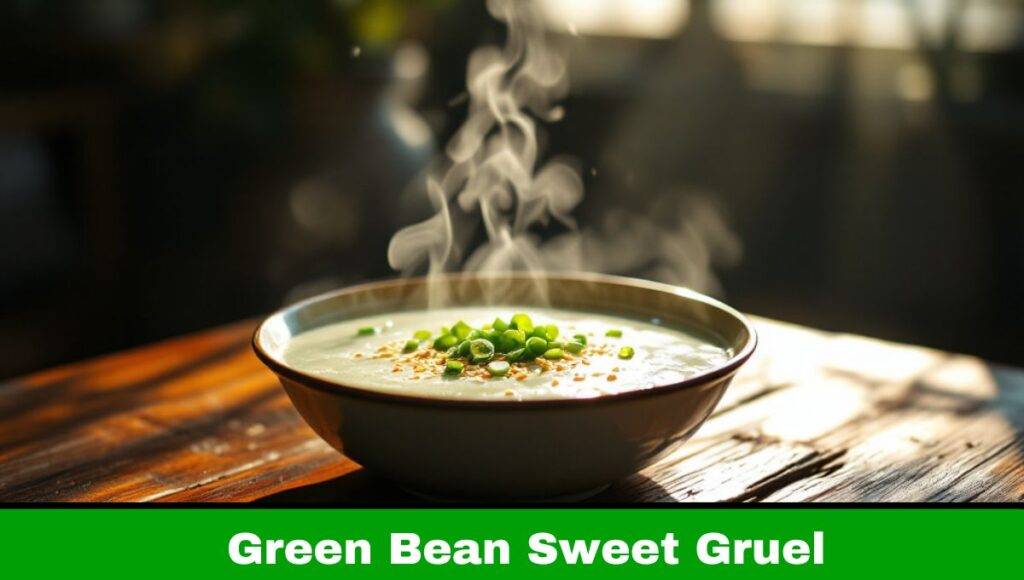
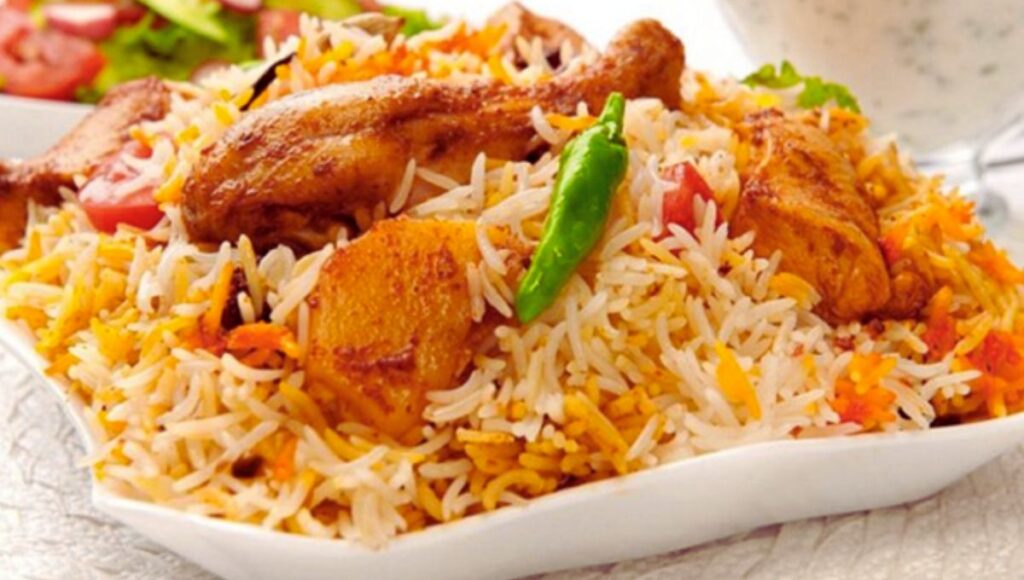


1 thought on “Learn How to make food tasty in 2025”